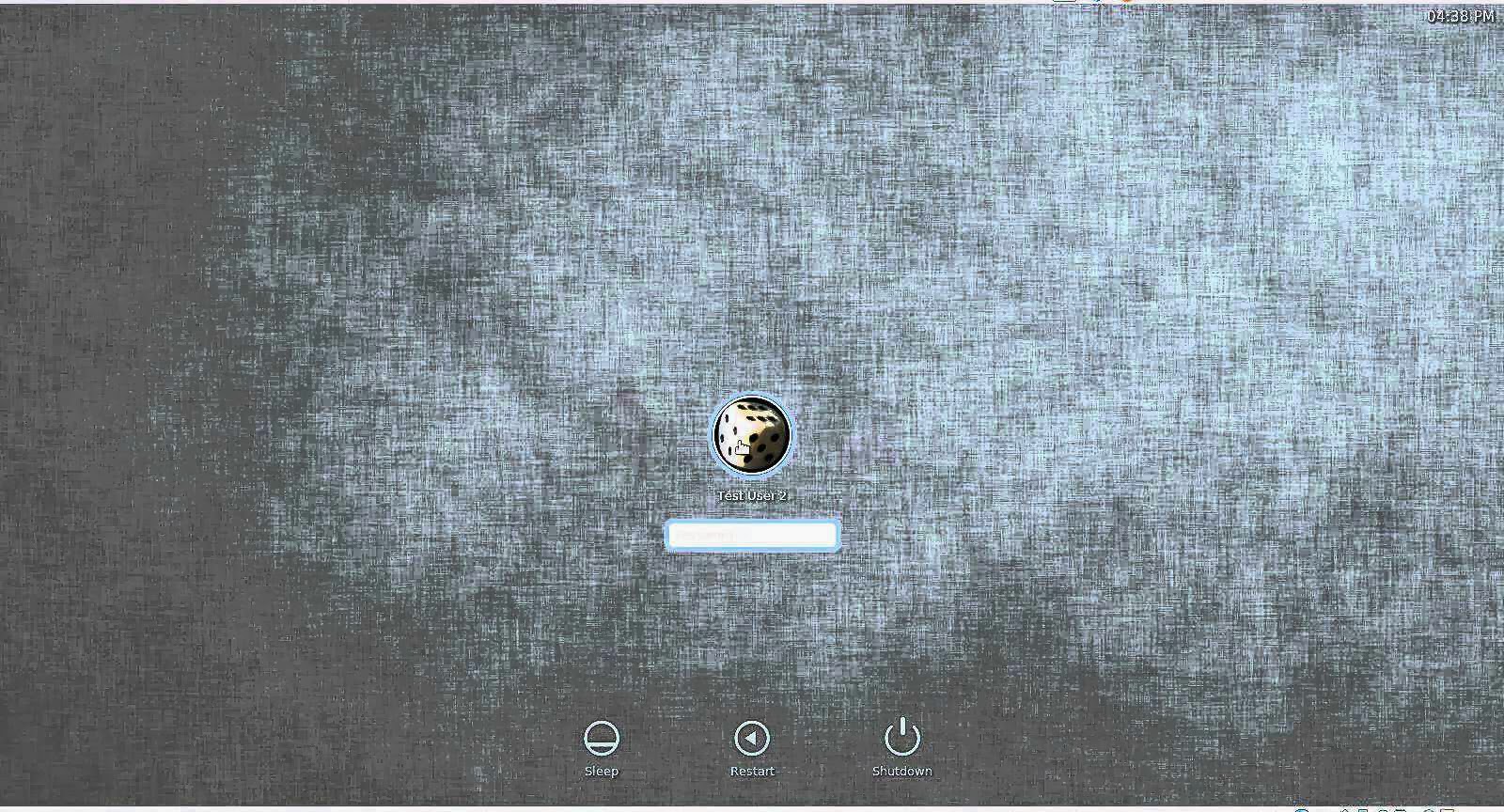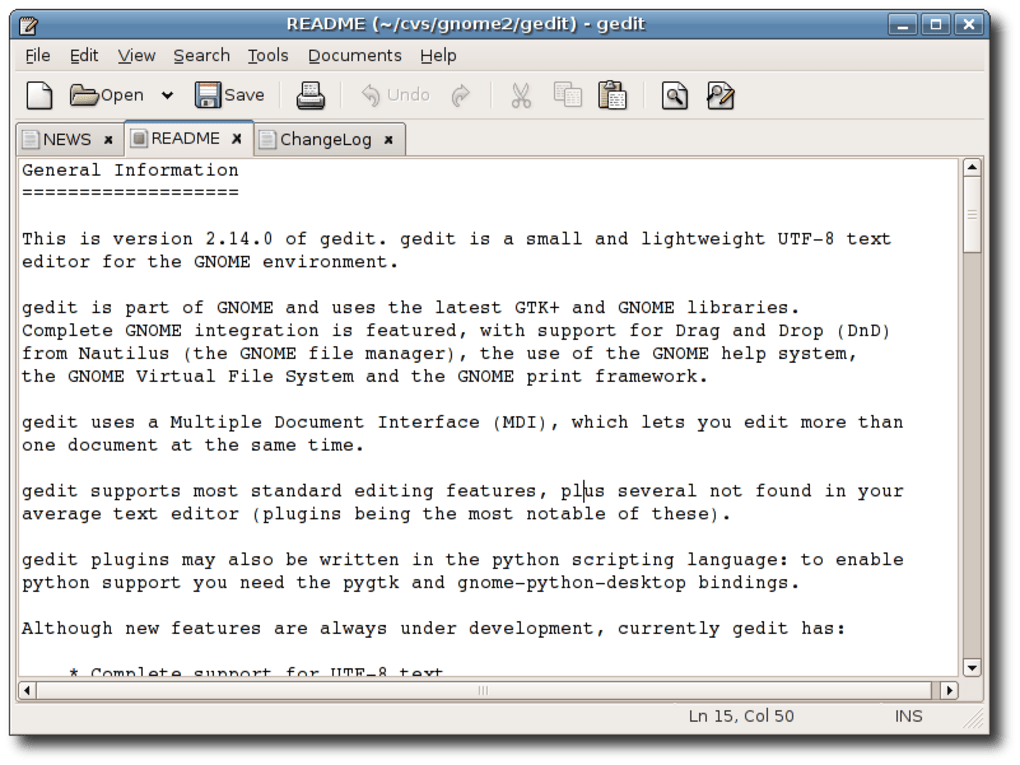


A bug is reported here and here Pre-requisites Two, three, four and five finger tap and two to four finger swipes. Touchegg comes with some pre-enabled gestures, however gestures can beĮnabled by editing the config file.

#GEDIT FOR MAC OS X MANUAL#
Setting the ‘actions’ you want is currently achieved through the manual editing of a small configuration file. Providing the desired gesture is recognised by Touchégg you can assign one of a number of window-related actions to it, including maximize or minimize windows, resize apps, show the desktop, etc. It allows users to define what actions are initiated when a multi-touch gesture is made. Hope that helps those who want to use X11 applications on the Mac OS.Touchégg is a “multitouch gesture recognizer” for Linux, written in C++, with Qt and utilizing Ubuntu’s uTouch-geis library. The process sequence for the command-line is shown below:ġ030 1 /usr /sbin /sshd -D - The root process launches the ssh daemonģ145 1030 sshd: student - The sshd launches a ssh session to manage a student ssh sessionģ152 3145 sshd: student / 1 - The ssh session launched to manage the ssh sessionģ166 3152 -bash - The bash shell launched by connecting through the ssh sessionģ240 3166 gedit - The gedit command issued inside a ssh sessionģ166 3240 gnome-pty-helper - Launching the gedit session across X11ģ169 3240 /bin / bash - Launching the Terminal session inside the gedit session across X11ģ269 3884 ps -ef - Command run inside the gedit Terminal sessionġ030 1 /usr/sbin/sshd -D - The root process launches the ssh daemonģ152 3145 sshd: - The ssh session launched to manage the ssh sessionģ169 3240 /bin/bash - Launching the Terminal session inside the gedit session across X11 If you’ve installed the gedit plug-ins, you also can use the Terminal console on the remote system. For example, the following gedit command lets you run the gedit utility from a Mac OS console. Using xclock or xeyes isn’t very useful as a rule, but this method also lets you run any of the Linux GUI applications.

Nice that the Mac OS fonts are so well done that there isn’t a raised exception. It’s terrific that you don’t get a font warning like you typically would using UTF-8 on Linux. You should see the xclock program running in the upper left hand corner of your console, like: Xauthority file and store the magic cookie after the warning message. Xauthority does not exist warning message because it’ll create a. usr/bin/xauth: file /home/student/.Xauthority does not ~]$ xclock & Mac-Pro-3:~ michaelmclaughlin$ ssh -Y password:


 0 kommentar(er)
0 kommentar(er)
